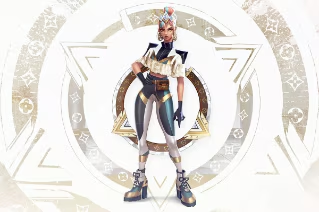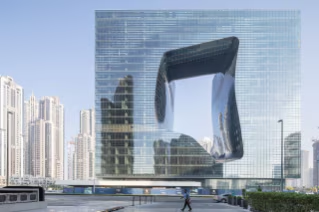


The base structure of the tricycle is formed of two plywood panels sandwiched together and bolted to the steering box and seat-pedal tubing, both in aluminium. The casing extends to the rear-wheel axle and this shell contains the batteries and controller; all the wires and cables also pass through here. The two panels are then closed with shaped strips of agglomerated cork. The front fork and elegant curvilinear handlebars are made of thin sheets of woods such as beech, mahogany, eucalyptus and sucupira. The rear has a block of two wheels with a differential gear for motor traction.
The tricycle is completed with a number of accessories, including a rear basket in wood, plywood and leather and two front leather bags that fit one inside the other. The smaller one holds an emergency tool kit and the larger one can easily be detached to carry small objects.

Raiooo is the fruit of six months’ work that passed through several phases: from the design of virtual and polystyrene models to ergonomic analyses, the lab testing of materials and the design of details, leading up to the construction of a first working mock-up and, eventually, the prototype. Five Portuguese companies – including the cork supplier Amorim – and a Spanish one were involved in both the design process and the manufacture of certain parts of the tricycle.
The intention is to transfer the experimental design of Raiooo – an eco-friendly and technological means of transport– from the academy to companies and this will involve a new development model and an updated concept of mobility better suited to today’s urban needs.
A group of cyclists-philosophers or mental athletes claims that when we ride a bicycle we listen to our heartbeat and savour the road, wind and exertion. They believe that pedalling unravels the thoughts that torment us and that Epicurus would have loved the bicycle as it enables us to attain happiness by chasing our demons.

Raiooo
Project design: Ermanno Aparo, Manuel Ribeiro (coordinatori)
Design Team: Studenti del 1º anno del Master in Design del Politecnico di Viana do Castelo, 2014

Cantori's timeless elegance becomes outdoor
With elegant lines and solid know-how, Cantori, a leader in furniture design, presents its first line dedicated to outdoor spaces.

























